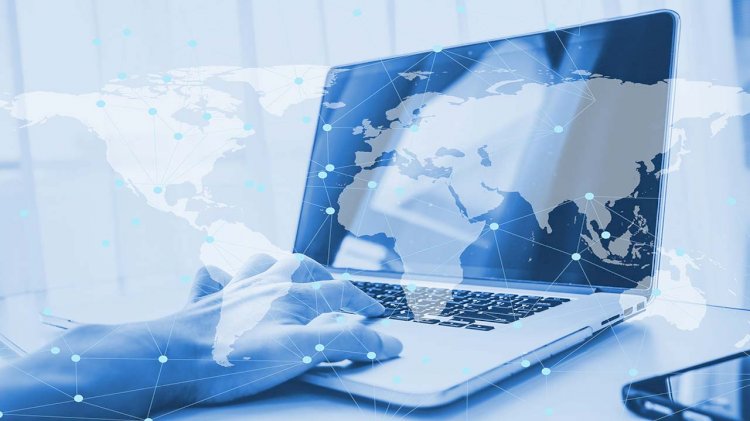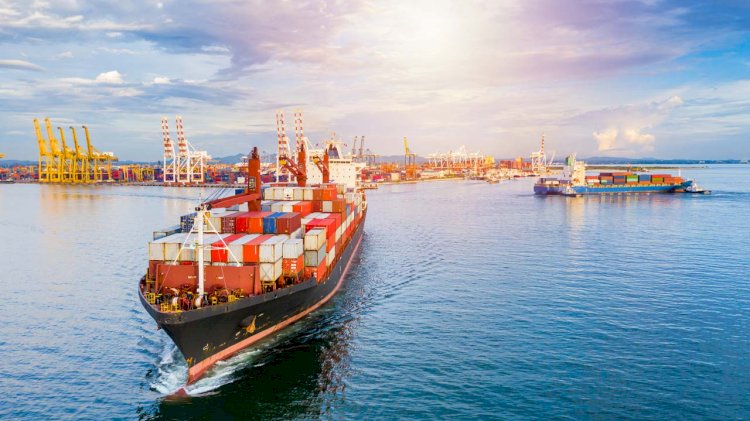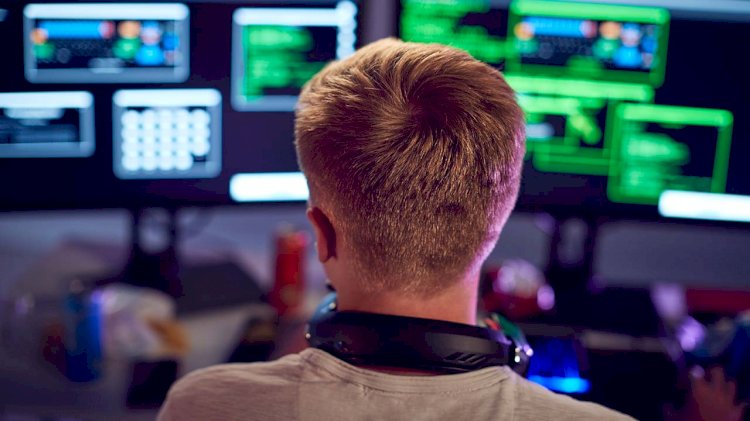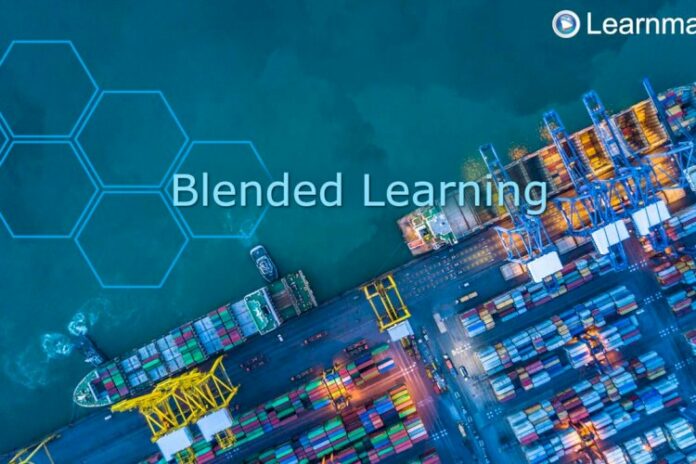Shipping is an industry, where continuous learning is an integral part of the process. The diploma alone is not enough. Seafarers are required to enhance their competence through various training courses, seminars, etc. But since they already spend months working, very few are eager to devote even more of their time to studying. And that is where blended learning comes in.
A fresh approach to teaching
Blended learning is a relatively new concept in the maritime industry. One of its main components is conventional classroom teaching. But the second component is distance learning, that is, self-learning and communicating with teachers online.
Aleksandr Pipchenko, the head of an educational platform Learnmarine, explains:
“Here is how it works. A few weeks or even months prior to the training, seafarers get online access to course materials. Adequate time allows seafarers to study the new subject at their own convenient pace. By the beginning of traditional classroom lectures, they should already be well-versed and knowledgeable in the topic studied.”
Special tests carried out before the lectures help to ascertain that a seafarer has examined the material. However, if a trainee fails a test, he/she cannot proceed to the next stage of training and has to restudy the course.
Then upon completion of the training seafarers have to pass the final test. Provided the successful passage of the examination, seafarers are issued a certificate confirming their proficiency.

Specific features of blended learning
It has now become apparent that blended learning has significant advantages over conventional learning. This approach is suitable for both seafarers and companies that intend to send their employees for training.
1. The opportunity to study at convenient time and place.
Even while at sea, on board a vessel, seafarers can combine work and study. On the one hand, they have enough free time during this period, and on the other, they cannot thoroughly enjoy the vacation, because, in fact, they are still at work. But if they spend these free hours on training, then subsequently they will save their time and when ashore they can devote it to their families, friends and proper vacation.
2. Studying at your own pace.
This point follows from the previous one. If you get to decide where, when and what to learn, then you can pay more attention to complex topics and brush up on familiar ones. This is indeed very important because the level of knowledge and personal learning speed is different for everyone. But, in any case, the time allocated by a seafarer to self-learning would be enough to study all the necessary material.
3. Logistics facilitation.
And that’s a great advantage for companies interested in training their seafarers because ship crews are usually international. To organize a traditional face-to-face training course for a team like that, you need to gather people from different countries together in the same classroom, pay their travel expenses, accommodation, meals, etc. This would be rather costly and logistically challenging to arrange. Blended learning automatically resolves the lion’s share of these issues since seafarers study independently.

4. Exchange of experiences among seafarers of different ranks.
If the course is conducted for the members of the same team, seafarers will maintain hierarchical relationships even during the training. Strict subordination inhibits people, keeps them from voicing their opinions and sharing their experiences.
Aleksandr says:
“In such situation, a master wouldn`t want to seem like lacking knowledge in front of the team and thus won`t ask questions. Subordinates wouldn`t venture to ask anything in the presence of their superiors in order not to appear incompetent as well. Of course, a lot depends on trust and relationships within a crew, but in general, this problem is quite common.”
Blended learning excludes such situations, as it involves members of different crews in training. One group can easily include several masters, several chief officers, etc. They can communicate freely, putting subordination aside, since they are not at work. This allows them to discuss all the subtleties in a relaxed atmosphere and reach a consensus. It is all about the so-called “best maritime practices”.
5. Effective learning through test assessment.
Several stages of testing not only allow trainees to monitor the progress but also encourage them to study more. As a result, one of the main goals of blended learning is fulfilled: the quality of education remains high even with the use of independent and distance learning methods.
Aleksandr adds:
“The test assessment itself is a stage of the studying process, which proves to be the most productive. Because there is a certain barrier to overcome. A trainee looks for a solution and at that moment memorises it. It is during tests that training is most effective. We usually give several attempts to take a test and provide a report on the results for self-analysis. At the same time we don`t show correct answers, but point the sources where trainees can find the necessary information and figure them out themselves.”

How to organise a blended learning course?
Of course, not only seafarer`s personality and motivation play an important role but ways of presenting information as well. The more representational training materials, the more clear and intelligible the lectures are, the easier it is to understand the subject and the more effective the training is.
Most modern maritime training centres were established by private companies. These training centres are equipped with full-mission bridge simulators, engine room simulators, simulators for specific training, etc. Even self-study materials are developed and visualised as thoroughly as possible, although creating a high-quality product is a difficult task.
Aleksandr Pipchenko says:
“Development of the whole course and relevant materials requires engaging a number of professionals. We need people who understand theoretical and practical part of the subject, can structure this knowledge and professionally present it, as well as people who can visualise data and create an online version of the course. We are glad that in just a few years of our activity we managed to achieve a high level of performance in this area. By now we have even established a partnership with major maritime industry players, for whom we have designed and implemented a number of specific courses.”
It is clear that blended learning will continue to evolve together with the advancement of technology. And it will work for the benefit of the entire maritime industry.
by Iryna Umanets



